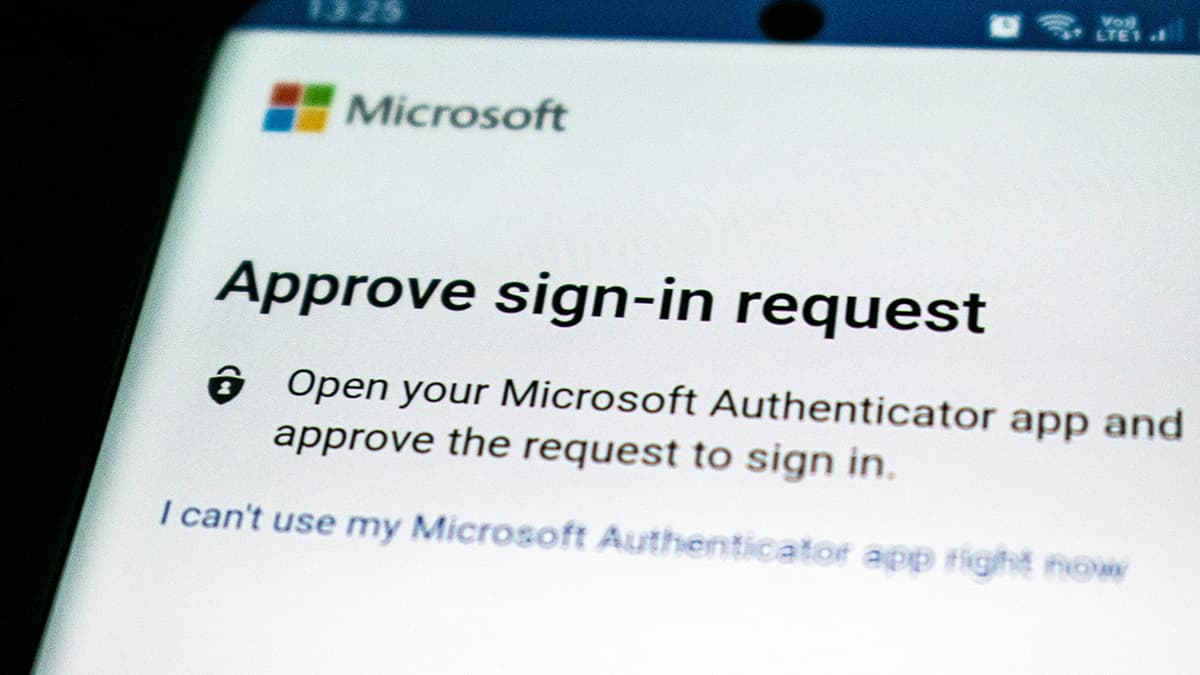How do high schoolers really act?
High schoolers navigate a world filled with challenges and experiences that shape their behavior. Each teen reacts differently to this environment. Some are outgoing, while others are reserved. Yet, certain trends appear among high school students. Here’s a closer look at their typical actions and behaviors.
High schoolers often prioritize their social life. They are building friendships and exploring new relationships. This leads to some key behaviors. Many students:
- Spend time in groups. Socializing with friends feels essential. Groups can be a mix of different interests and backgrounds.
- Show strong loyalty to friends. This makes them supportive and protective. They often stick together through various challenges.
- Seek acceptance. This can result in changes in their attitudes or behaviors based on peer influence. Fitting in is vital.
Academic pressures can also influence behavior. High schoolers are juggling various responsibilities. They face expectations from teachers and parents. This can create stress. Therefore, many students:
- Develop effective time-management skills, even if they don’t always do it well. Balancing studies with leisure time can be tough.
- Experience anxiety about grades. This can push some to excel, while others may feel overwhelmed.
- Engage in procrastination. Some avoid tasks until deadlines loom.
Teenagers also explore their identities during high school. This exploration is part of growing up. They often look for ways to express themselves, leading to behaviors such as:
- Experimenting with style. Clothes, hairstyles, and accessories often change frequently. This reflects their personality and mood.
- Joining clubs and activities. Students find niches they enjoy. This helps them connect with others who share their interests.
- Questioning authority. Many high schoolers begin to challenge rules and norms. This is part of seeking independence.
Technology plays a significant role in high school life. Most teens embrace social media and online communication. This impacts their interactions with peers:
- Increased reliance on texting and social media for communication. This means some may struggle with face-to-face interactions.
- Sharing personal experiences online. This can lead to vulnerability but also creates a sense of community.
- Risk of cyberbullying. This can negatively affect mental health and overall well-being.
Family dynamics largely influence high school behavior. Supportive environments often lead to positive outcomes. Students may:
- Seek advice and support from family members. Open communication fosters trust.
- Face pressure to achieve from family expectations. This can create a sense of obligation.
- Navigate complicated relationships. Family issues can affect a teen’s emotional state.
High schoolers display varied behaviors shaped by their social circles, academic pressures, personal discovery, and family relationships. Understanding these behaviors helps in supporting them through this crucial phase of life.












